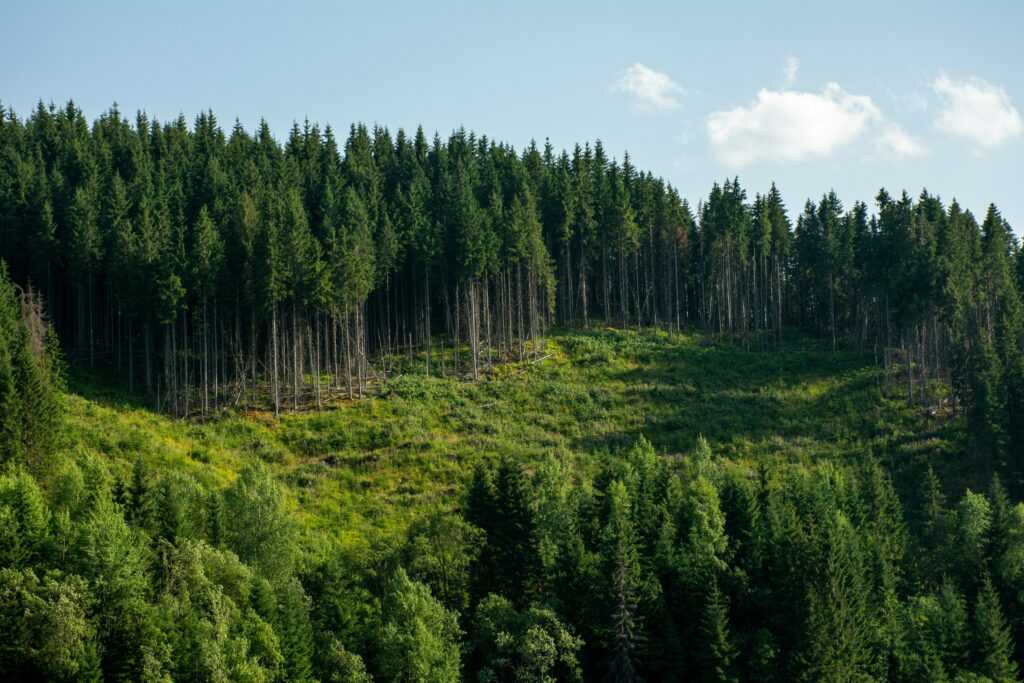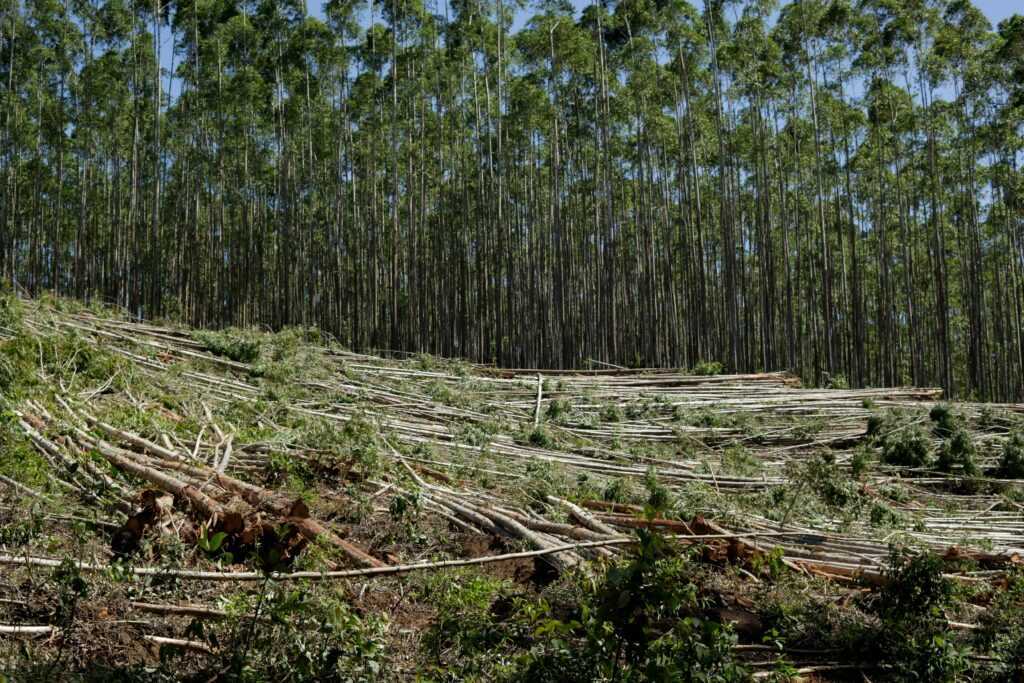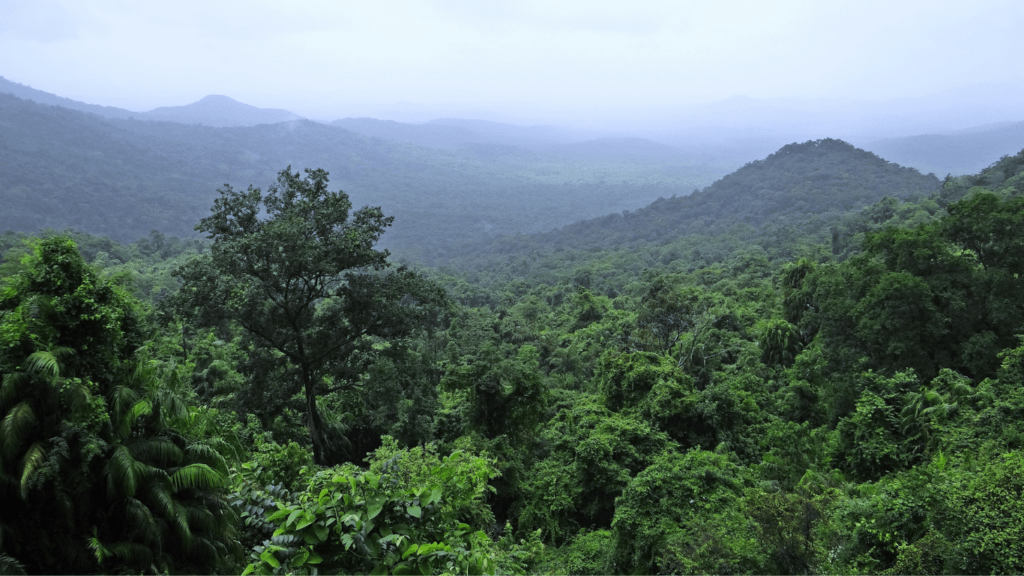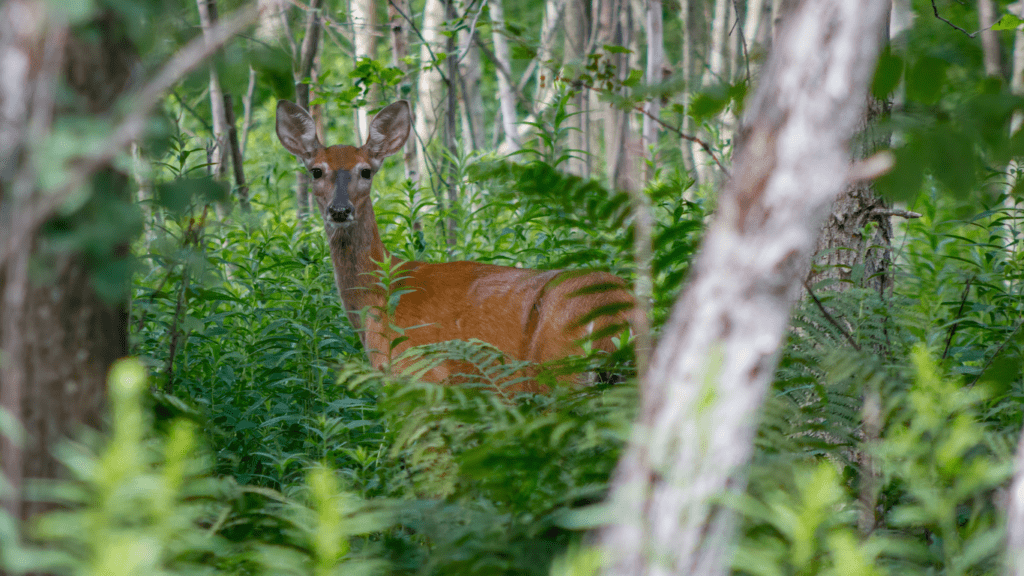How New Climate Policies Impact Forest Conservation in 2026
A Turning Point for Global Forest Strategies 2026 isn’t just another milestone on climate calendars it’s a clean break from how things have been done. Several high profile enforcement clauses in recent international agreements are kicking in, shifting climate policies from soft targets to hard requirements. Countries can no longer delay, and that’s rattling industries […]
How New Climate Policies Impact Forest Conservation in 2026 Read More »









